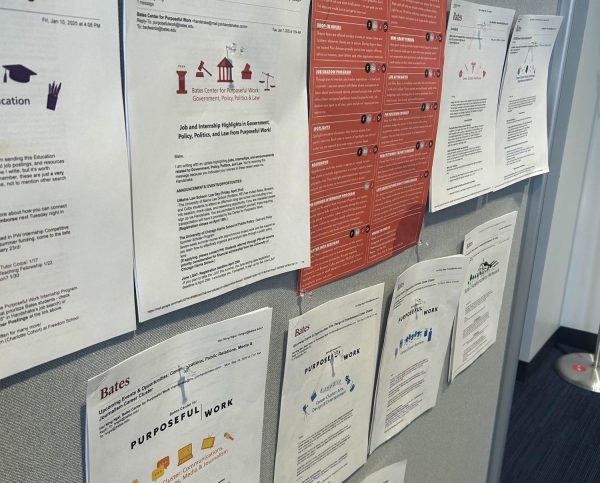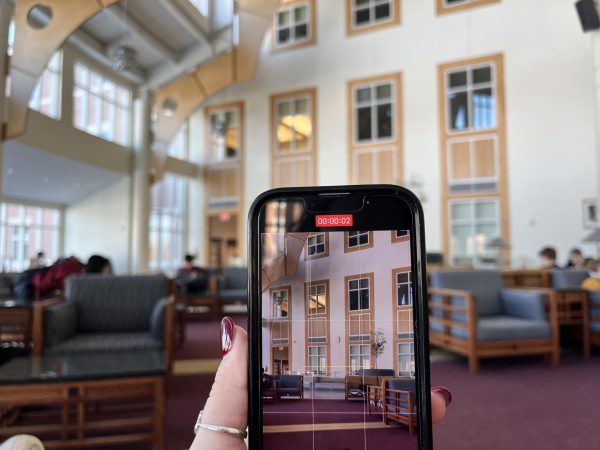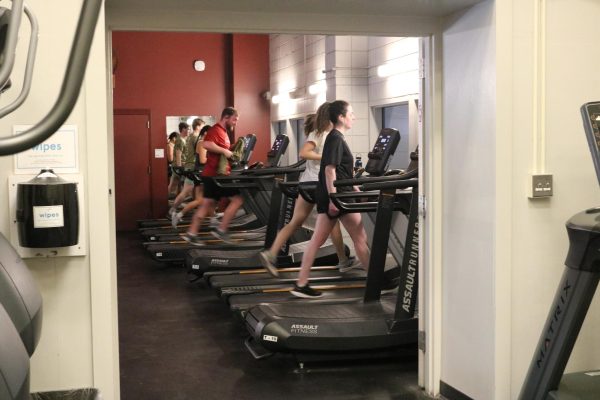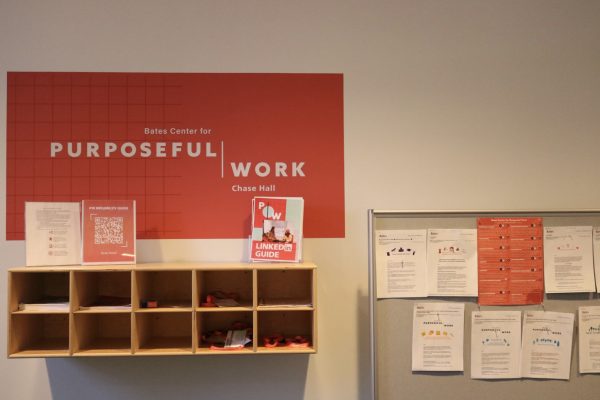How the Midwest is Dealing with COVID-19
As of April 11, 2020 there have been almost 500,00 confirmed cases of COVID-19 according to the CDC website as well as over 18,00 deaths. In the state of Indiana where my brother, Trevor Boyle, works as an ER nurse there have been over 7,00 positive cases and over 300 deaths according to the Indiana government website. Boyle works in Allen County where 136 cases have been reported and where suspected patients have been in his hospital. The ER has already rationed personal protective equipment or PPE that includes face masks, gowns, and gloves according to him. When asked how patients with suspected symptoms of COVID-19 are treated he responded that
“Everyone with respiratory symptoms gets droplet precautions which means full PPE.”
Droplet precautions are used when a patient has an infection that can be spread to others by speaking, sneezing, or coughing. However, patients are still seen based on the need of medical attention, but patients with suspected COVID-19 are handled more carefully said Boyle. In Indiana it is important to note that approximately 43.1% of confirmed cases have been in the age group from 0-49 years. However, the 80 plus age group makes up 8% of Indiana cases, but 38.2% of deaths.
Of the midwest states only Iowa hasn’t issued a lockdown or stay at home order as of Saturday April 11. Yet, the remaining midwest states have restrictions that range from simply restricting nonessential activities to self-quarantining after returning home from a different state. Michigan is the third highest hit state with over 22,000 cases and Illinois is the ninth with over 17,000 cases. Cases are quickly climbing in this region of the US and rural hospitals are already feeling the tension even when they have had no cases yet. A recent NPR interview with the CEO of Scotland County Hospital in Memphis, Missouri, that has 25 total hospital beds, reported that medical personnel have already been laid off so that they can afford the medical equipment needed to fight the virus. This is also one of the few critical-access hospitals that does obstetrics in the area. Missouri is also one of the five states that has experienced the most rural hospital closures over the past 10 years. Currently Missouri has a little under 4,000 cases, but that is expected to rise within the coming days.
The midwest responded early to the pandemic. Illinois issued a lockdown on the same day as New York and yet both states have seen extreme increases in deaths and cases. Even in the rural places of the midwest there are hotspots of the virus situated near hospitals that may not be able to handle the outbreak. Is there more to be done? Should more intense restrictions be put in place? All we can do is wait.
Your donation will support the student journalists of Bates College and help us cover our annual website hosting costs.






